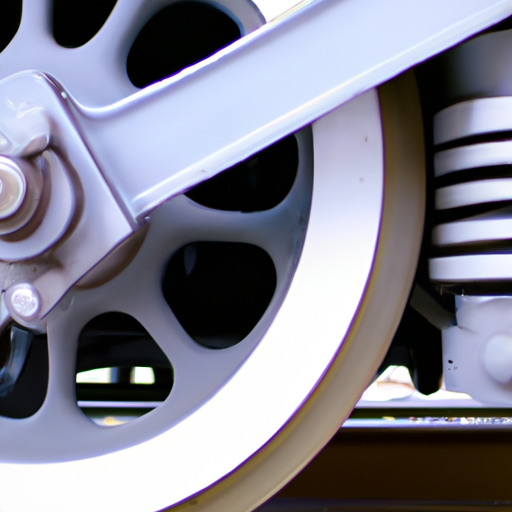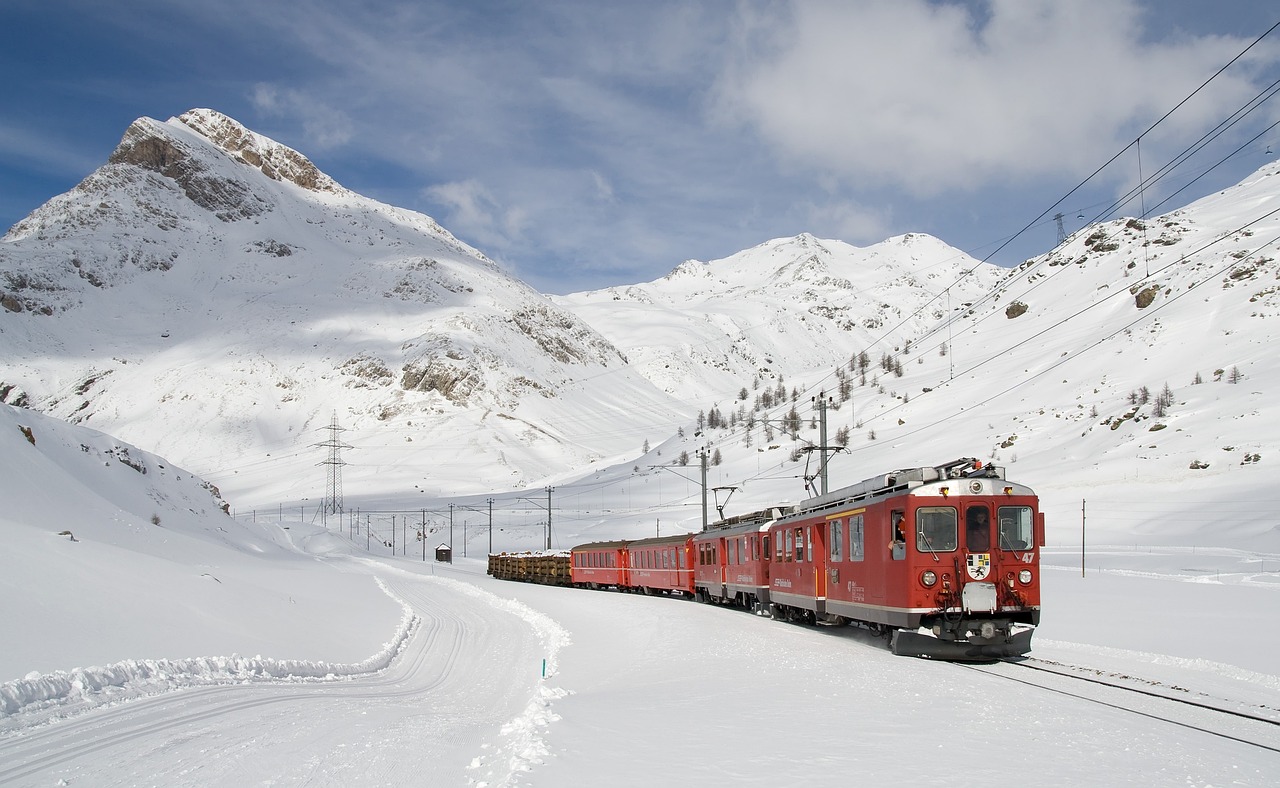Have you ever wondered how many wheels a train has? Trains are massive machines that transport goods and people across long distances, but have you ever stopped to consider how they are able to do so? The wheels play a crucial role in the train’s ability to move forward, but just how many wheels does a train actually have? In this article, we will explore the answer to this intriguing question and shed light on the fascinating world of train mechanics. Get ready to be amazed by the sheer number of wheels that keep these mighty locomotives rolling!
Types of Trains
Passenger Trains
Passenger trains are designed to transport people from one place to another efficiently and comfortably. These trains typically consist of multiple carriages connected together and are powered by one or more locomotives. Passenger trains can vary significantly in size and capacity, ranging from small regional trains to high-speed express trains that can travel long distances at impressive speeds.
Freight Trains
Freight trains, also known as goods trains or cargo trains, are specifically designed to transport goods and materials. These trains play a crucial role in the global economy, hauling a wide variety of products such as raw materials, finished goods, and containers. Freight trains are often much longer and heavier than passenger trains, and they usually require more powerful locomotives to handle the additional weight.
High-Speed Trains
High-speed trains are a marvel of modern engineering, combining speed and efficiency to provide rapid transportation over long distances. These trains are capable of reaching incredible speeds, often exceeding 300 kilometers per hour (186 mph). High-speed trains are equipped with advanced technologies and streamlined designs to ensure a smooth and comfortable ride for passengers. They are commonly used for intercity and international travel, offering a viable alternative to air travel.
Wheel Configurations
Bogie Configuration
The bogie configuration refers to the arrangement of wheels in a train. In this configuration, the wheels are grouped together in a structure known as a bogie or truck. Each bogie typically consists of two sets of wheels, one on each end, which are connected to a framework that allows the bogie to pivot, providing greater stability and maneuverability. Bogies are commonly used in passenger and freight trains to evenly distribute the weight and allow for smoother movement along curves and uneven tracks.
Wheel Arrangement
The wheel arrangement of a train refers to the sequence and positioning of wheels along its length. This arrangement can vary depending on the type and purpose of the train. For example, in a steam locomotive, the wheel arrangement is denoted by a series of numbers representing the number of leading, driving, and trailing wheels. Other types of trains, such as electric and diesel locomotives, may have different wheel arrangements, which can impact their performance and capabilities.
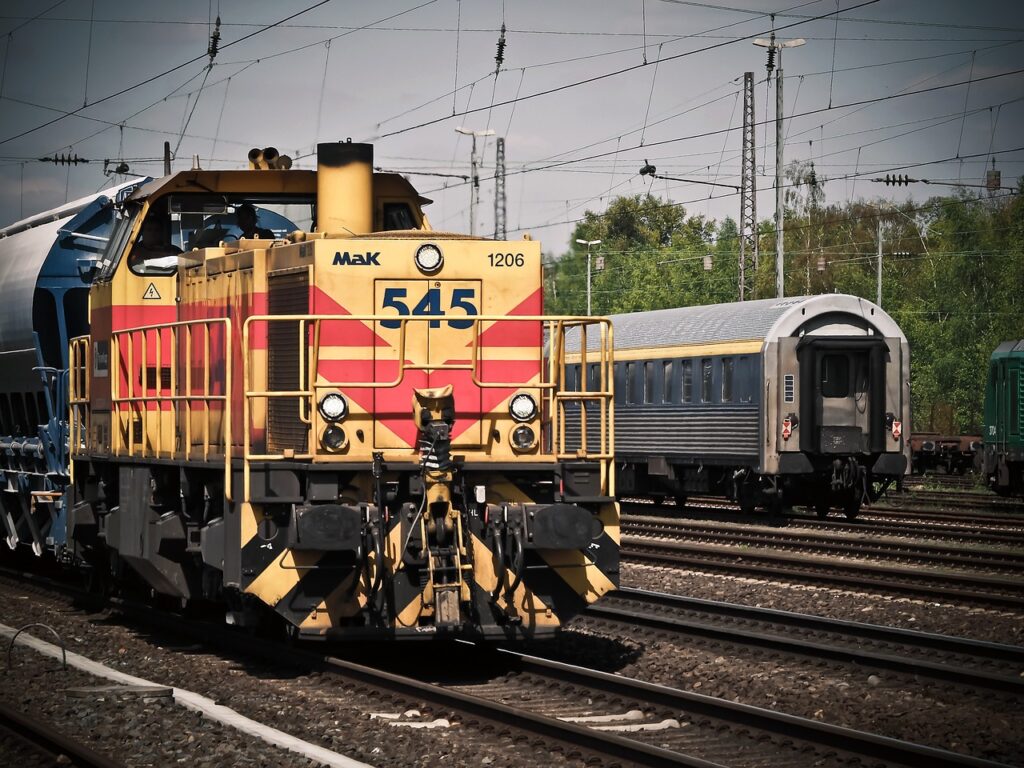
Passenger Train Wheels
Standard Configuration
Passenger train wheels in the standard configuration typically consist of a single set of wheels attached to each bogie. This configuration provides adequate stability and weight distribution, allowing for a smooth and comfortable ride. The number of wheels may vary depending on the size and weight of the passenger train, but it is typically two sets of wheels per bogie.
Articulated Configuration
In certain passenger trains, such as articulated trains, the wheel configuration is slightly different. These trains have multiple carriages connected with flexible joints, allowing them to bend and curve smoothly along the tracks. The wheels in an articulated configuration are often shared between adjacent carriages, reducing the overall number of wheels required while maintaining stability and flexibility.
Freight Train Wheels
Standard Configuration
Freight train wheels in the standard configuration are designed to handle the heavy loads and long distances associated with hauling goods. Similar to passenger trains, freight trains typically have a single set of wheels attached to each bogie. However, due to the significant weight of the cargo, each bogie may have additional wheels to distribute the load more evenly.
Multiple Units Configuration
Some freight trains, known as multiple units, consist of multiple interconnected wagons. In this configuration, the wheels are shared across multiple wagons, reducing the overall number of wheels required. This setup allows for efficient distribution of weight and easier maneuverability, particularly when navigating tight curves or challenging terrains.
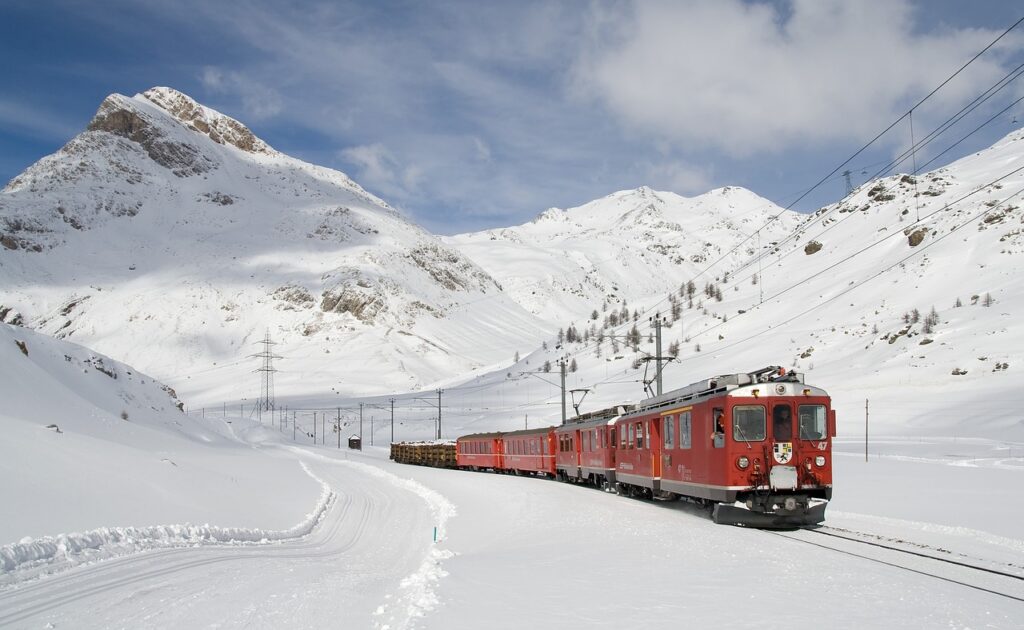
High-Speed Train Wheels
Axle Configuration
The axle configuration of high-speed train wheels is a critical factor in their performance and stability. High-speed trains are often equipped with multiple axles per carriage, allowing for better weight distribution and improved traction. This configuration also helps to minimize vibrations and provides a smoother ride, enabling high-speed trains to operate at their maximum speeds without compromising passenger comfort.
Wheel Design
The design of high-speed train wheels is crucial in achieving optimal performance. These wheels are typically lighter, more aerodynamic, and designed to minimize friction and noise. They are often made from durable materials such as alloy steel or composites, which can withstand the high speeds and forces experienced by the train. Additionally, high-speed train wheels may incorporate advanced braking systems and anti-lock mechanisms to enhance safety and control.
Number of Wheels
Bogies on Trains
The number of wheels on a train is determined by the number of bogies it has. Each bogie typically consists of two sets of wheels, one on each end. The number of bogies varies depending on the length and weight of the train. Longer trains with heavier loads often require more bogies to ensure proper weight distribution and stability.
Wheels per Bogie
In most cases, a bogie has two sets of wheels, one on each end. This configuration provides sufficient support and stability to the train. However, some specialized trains, such as heavy-duty freight trains or high-speed trains, may have additional wheels per bogie to enhance load-bearing capacity or improve performance.
Wheels per Axle
The number of wheels per axle can vary depending on the type of train and its specific requirements. Generally, each axle is equipped with two wheels, allowing for better weight distribution. However, certain trains, such as high-speed trains or trains with heavier loads, may have multiple wheels per axle to increase the load-bearing capacity and ensure safe and efficient operation.
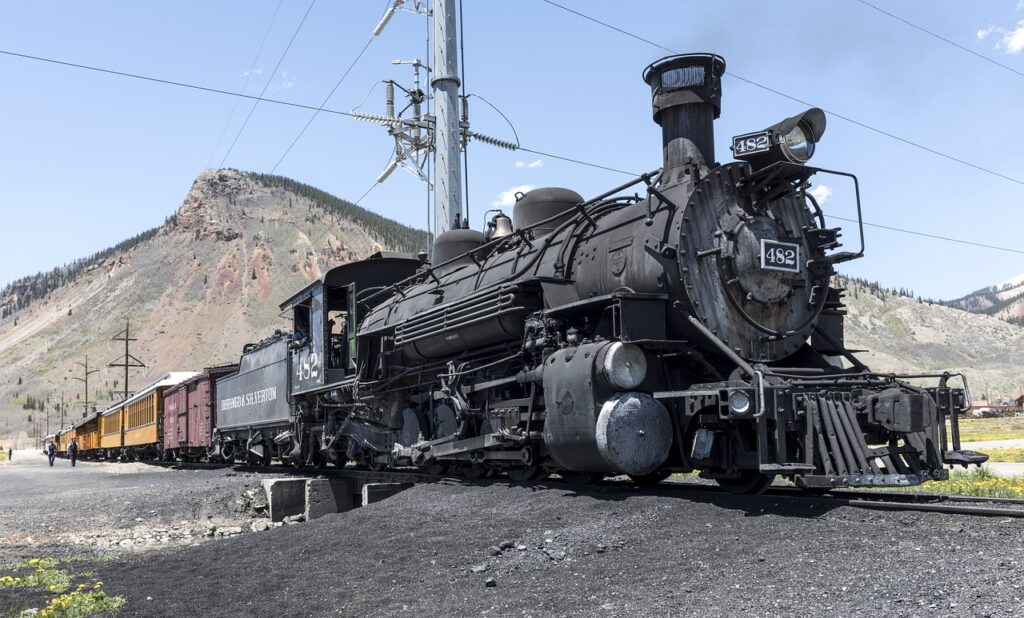
Factors Affecting Wheel Quantity
Load Capacity
The load capacity of a train directly affects the number of wheels required. Trains designed to carry heavier loads, such as freight trains, typically have more wheels to distribute the weight and prevent excessive strain on the tracks. Passenger trains, which carry lighter loads, may have fewer wheels but still require sufficient stability and weight distribution for a comfortable journey.
Train Weight
The weight of the train, including the locomotives, carriages, and cargo, plays a significant role in determining the number of wheels needed. Heavier trains require additional wheels to distribute the weight more evenly, ensuring the train can safely navigate curves and gradients without causing excessive wear on the tracks. Lighter trains can operate with fewer wheels while still maintaining stability and safety.
Track Conditions
The condition and characteristics of the tracks can also influence the number of wheels required. Trains operating on rough or uneven tracks may need additional wheels to maintain stability and prevent derailments. Conversely, trains running on well-maintained and smooth tracks may require fewer wheels as the track conditions pose fewer challenges to stability and weight distribution.
Maintenance and Replacement
Wheel Inspections
Regular inspections of train wheels are crucial to ensure safe and efficient operation. Trains undergo routine inspections, including checks on wheel profiles, dimensions, and wear patterns. These inspections help identify any signs of damage, wear, or misalignment that could compromise the train’s performance and safety. If any issues are detected, appropriate maintenance or replacement measures are taken to address them promptly.
Wheel Replacement
Over time, train wheels will naturally wear out due to constant use and friction. When the wear reaches a certain threshold, wheel replacement becomes necessary to maintain operational safety. The frequency of wheel replacements depends on various factors such as the type of train, track conditions, and the weight and load capacity of the train. Regular maintenance programs are implemented to monitor the condition of train wheels and replace them as needed to ensure optimal performance and safety.
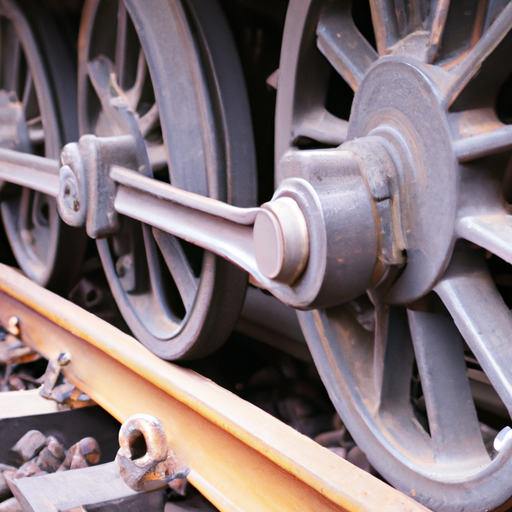
Wheel Technologies
Wheel Materials
Advancements in wheel materials have significantly contributed to overall train performance and longevity. Traditional train wheels were typically made of cast iron or steel, which provided durability but were prone to wear and noise. Modern train wheels often incorporate advanced materials, such as alloy steel or composite materials, which offer improved strength, lighter weight, reduced noise, and enhanced resistance to wear and fatigue.
Wheel Profile
The shape and profile of train wheels have a significant impact on their performance and stability. Wheel profiles are carefully designed to ensure proper contact with the track, reducing wear and improving traction. Different regions and countries may have specific wheel profile standards to accommodate their unique track conditions and safety requirements.
Wheel Damper Systems
Train wheels are subject to various forces and vibrations during operation. To mitigate these impacts, wheel damper systems are often integrated into train designs. These systems help absorb shocks, vibrations, and oscillations, providing a smoother and more comfortable ride for passengers while reducing stress on the wheels and tracks. Wheel damper systems contribute to overall train safety, stability, and passenger comfort.
Future Developments
Axleless Wheels
One exciting development in train wheel technology is the concept of axleless wheels. Axleless wheel systems aim to eliminate the need for traditional wheel and axle setups by utilizing innovative suspension and propulsion mechanisms. These systems offer potential benefits such as reduced weight, improved efficiency, and increased maneuverability. Axleless wheels have the potential to revolutionize train design and enhance the performance of future train systems.
Maglev Trains
Magnetic levitation (maglev) trains represent the cutting edge of high-speed train technology. These trains use magnetic fields to suspend and propel the train above the tracks, eliminating the need for traditional wheels. Maglev trains can achieve incredible speeds, reduced noise levels, and smoother rides compared to conventional trains. Although still limited to specific routes and infrastructure, maglev trains hold immense potential for future transportation systems, offering unparalleled speed, efficiency, and sustainability.
In conclusion, the number of wheels on a train is determined by various factors such as the type of train, its purpose, load capacity, weight, and track conditions. Passenger trains, freight trains, and high-speed trains each have unique wheel configurations and requirements to ensure safe and efficient operation. Advances in wheel technologies, regular maintenance, and future developments continue to shape the capabilities and performance of trains, pushing the boundaries of what is possible in the world of rail transportation.
